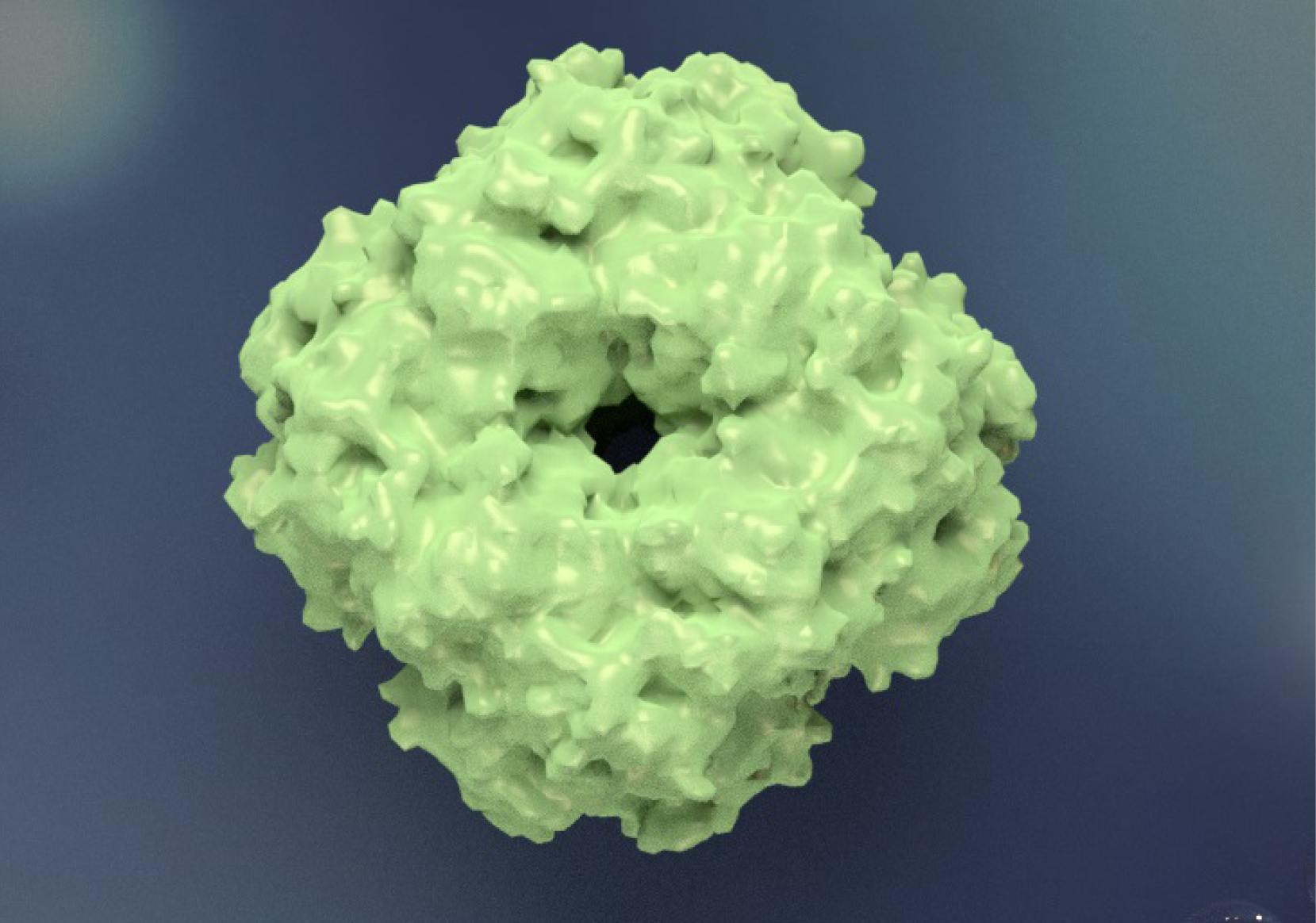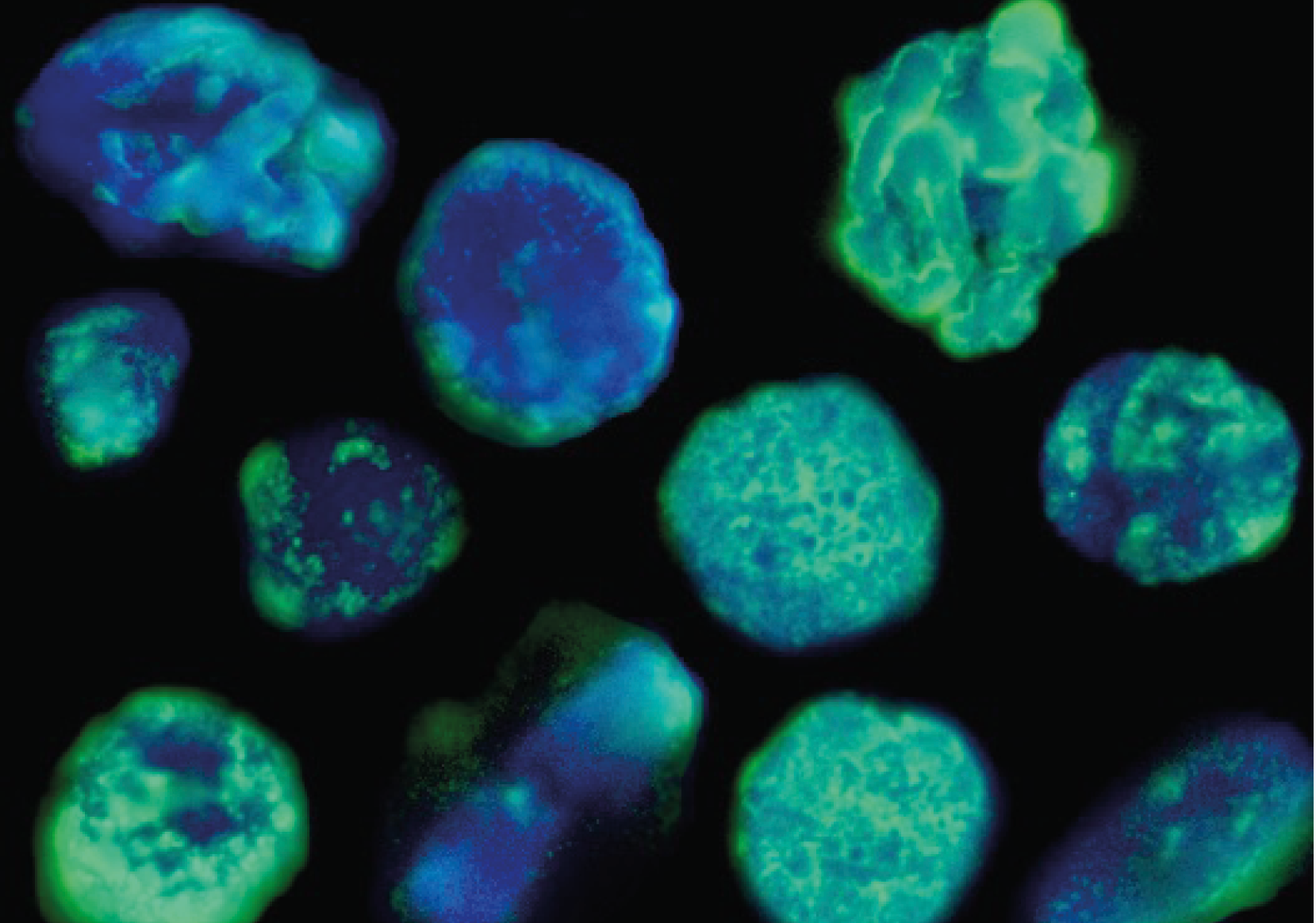Plant organelle/membrane isolation
- Arabidopsis lumen extraction
- Arabidopsis thylakoid extraction
- BBY preparation
- Chlorophyll measurements
- Intact chloroplast isolation method
- Mitochondrial fraction
- Nuclear fraction
- Plasma membrane fraction
- PSII RC extraction for cryo-EM
- Thylakoid extraction
- Vacuol isolation
- Collection of articles

- Diatom protein extraction
- Extraction of leaf proteins
- Phenol protein extraction
- Ponceau membrane staining
- Protein extraction from grasses
- TCA acetone precipitation method
- Western blot protocol
- Western blot video tutorial
- Western blot troubleshooting

- Western blot using IgY
- Western blot in denatured conditions (urea gel)

- Peptide neutralization/competition assay
- Quantitative Western blot
- Quantitative Western blot video tutorial
- Simultaneous Western blot
- Anti-KLH antibody removal

- Dot blot
- ELISA
- Immunohistochemistry
- Immunoprecipitation
- Immunoprecipitation/IgY
- Meiotic staining
- Yolk delipidation
Technical information
Antibody typesPurification
- Antibody purification
- Antibody purification - small amount of protein
- Elution of antibodies from affinity columns
- IgY purification methods
- Protein purification using antibodies
Technical information > Antibody production guideOver the last 40 years, Agrisera has produced thousands of monoclonal and polyclonal antibodies for academic research, industry, diagnostics, and pharma, worldwide. Agrisera provides off-the-shelf antibodies, with prompt delivery, and reactivity to thousands of species. Our products are validated in at least two independent laboratories, and cited in thousands of publications since the year 2000. Using the skill and knowhow we have gained over the years, we have created this guide, to take you through the different steps of antibody production. If you have any further questions, please contact [email protected]. Three crucial components for successful antibody production
AntigenAntibodies can be produced against a wide range of different antigens. Most commonly used antigens are proteins and synthetic peptides. Protein Abundance Database will guide on level of target protein in edogenous tissues in wide range of model species. In cases of protein of low abundance, below 10 ppm, antibody detection in endogenous tissue is going to be more challanging. PeptidesIf you do not have access to a target protein but know its full-length sequence, a synthetic peptide derived from the protein sequence can be used for antibody production. By carefully designing a suitable peptide, antibodies raised against the peptide can be used to detect the protein in a target assay. In general, a suitable peptide is flexible, hydrophilic, surface oriented, continuous and easy to synthesize. Some additional factors that may increase the probability of generating a successful working peptide antibody are:
ProteinsProteins (native or denatured), isolated from a tissue or recombinantly produced, are frequently used for antibody production. How the proteins are produced depend on the access of suitable tissue and final use of the antibody. In general, antibodies produced against native proteins tend to react best with native proteins (Immunoprecipitation), and antibodies produced against denatured proteins are best suited towards proteins subjected to denaturing conditions (Western Blot, IHC). However, well-functioning antibodies can be generated without necessarily following these rules. Given that adjuvants can have a degenerative effect on proteins, the guidelines are not entirely obvious. However, the purity of a protein is always a factor to consider. The higher the purity, the greater the proportion of specific antibodies will be. If the protein is expressed with a fusion partner, antibodies will be generated against the fusion partner as well. In this case, it might be necessary to remove those non-specific antibodies, which can be done by cleavage of the tag prior to immunization or by affinity purification. Approaches to consider
What will give better results, immunization with a peptide or a protein? Each of these approaches have advantages and disadvantages. Antibodies bind to specific epitopes on a target protein, and the epitopes are five to six amino acids in a row (linear epitope), or distant amino acids brought together in a 3D structure. Antibodies against proteins or protein fragments will recognize several epitopes, while peptide antibodies have a higher specificity, as they target a more limited epitope. Anti-peptide antibodies are thus preferred if cross-reaction with other protein family members needs to be avoided. On the other hand, anti-peptide antibodies can increase the risk for possible cross-reaction, if the chosen sequence has high homology with other arbitrary proteins. Finally, preparation of a fine emulsion of antigen (peptide or protein) and adjuvant is another important factor in order to secure efficient antibody production. With more than 30 years of experience, Agrisera has developed a good method to achieve this. AnimalsKeeping animals in natural and comfortable conditions will make them healthy and allow stimulation of their immune response. At Agrisera, the animals reside in spacious indoor premises with straw flooring. All animals are allowed to socialize and are monitored several times per day by trained animal care professionals. As diet is a big part of keeping the animals in good mental and physical condition, their food consists of high-quality animal feed and hay. (For more information about animal keeping, the Swedish animal protection law can be found here). Prior to immunization each animal produces millions of antibody combinations. If clones producing antibodies to the desired antigen are not present already, or present only in very low amounts, it might be difficult to obtain a good response. Thus, it can be beneficial to use more than one animal per antigen. When a number of animals are immunized with the same antigen, resulting antibodies will bind to similar, but not identical, epitopes. Therefore, antibodies produced in two animals can in some cases be used with different success in various techniques, e.g. one works better in a western blot, while the other is better suited for immunoprecipitation. Choice of species Pre-immune screening Affinity purification AnalysisIt is important to evaluate the antibody in your own assay to see how it works. During the time the antibody is produced, all necessary preparations can be done. Proteins can be blotted in advance and stored dry in RT for up to six months. When you evaluate the antibody, we recommend using:
Re-using of a primary antibody solution during initial testing is not recommended, especially not if you work with Quantitative Western Blot. If suitable controls are difficult to obtain, saturation of antibody with peptide/protein used for immunization can be an alternative. In case of proteins with low tissue abundance, it is of crucial importance to use sensitive detection systems based on chemiluminescence, such as Agrisera ECL Bright or to work with a specific tissue fragment or fraction. You are welcome to contact us with specific questions. |




